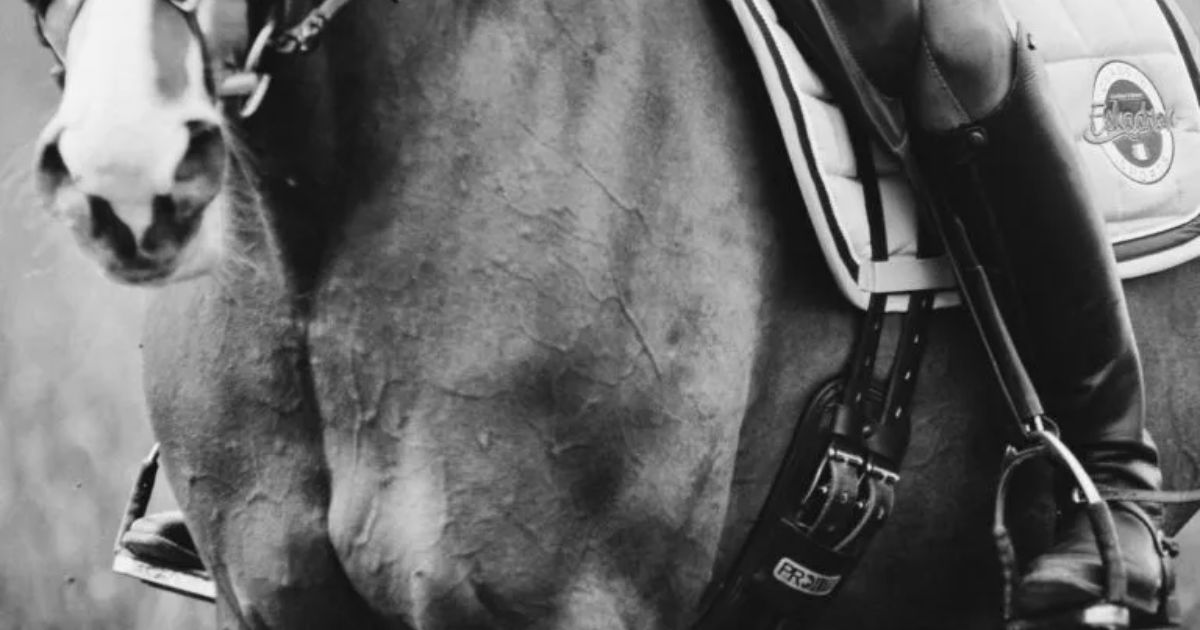Menu

Regardless of which part of equestrian sport you practice, it can be beneficial for your horse to develop a stronger body. This may be needed because the horse's training has focused more on certain movements than others, because the horse has had an injury that weakened a part of its body, or because you plan to compete at a higher level or in a different discipline than the horse is used to. In this article, we will look at a series of exercises that can strengthen the horse's forequarters.
All exercises are based on the ideas of Dr. Renaud Léguillette, Calgary, chairman of Sports Equine Medicine from the University of Calgary.
Read also: Avoid worn rider hair: 5 beauty tips that can save the haystack
A good way to strengthen your horse's forequarters is to ride downhill. If your horse is in rehabilitation after an injury or is not very strong for other reasons, then start gradually by riding down a hill with solid ground. Once you are sure that your horse can handle it, expand the exercise and use a steeper hill.
For more advanced strength training, Dr. Léguillette suggests using a steeper slope with a sandy surface. This is more challenging for the horse. If you do not live in a naturally sandy area, you can spread a thick layer of gravel on a downward slope.
If you live in an area without hills, you can try building your own ramps. This way, you can also adjust the slope yourself.
Focus on your own position while riding downhill. Your upper body should be in a straight line with the horse's forelegs. So the steeper the slope, the more you should lean back. It is important to be in balance so you can help the horse find its own balance. Have the reins loose enough that the horse has enough freedom of movement to adjust its balance.
Here are some exercises with research backing: Dr. Léguillette says that this 2011 study by N.C. Stubbs, L.J. Kaiser, J. Hauptman, and H.M. Clayton demonstrated the importance of training specific areas from the ground. All you need is a carrot or another tasty treat.
The horses in the study consisted of eight Arabians used at a beginner level. During the three months of the study, the horses were not exercised other than being taken out daily to a small, dry area. The horses were trained to follow a piece of carrot with their muzzles, and with this technique, each horse performed a series of exercises. They made seven movements, each repeated ten times. This was done over five rounds. The training session was done five days a week over the three months.
Read also: Why a forest trip is so good for the cooperation on the track for horse and rider
Ultrasound scans were conducted at the beginning of the study and were repeated throughout the course. All horses developed strength in specific muscles. This proved that ground exercises could effectively strengthen muscles in specific areas.
To perform these exercises, it would be advantageous to work with another person who can help you hold the horse. Your goal should be to get your horse to stand still while stretching and moving its neck and head. Initially, the horse might move its entire body to reach the carrot. If you have another person to help you, they can touch the horse on the opposite side so it cannot move.
If your horse is recovering from an injury, you should start gently. Here, you can gradually increase how far your horse needs to stretch to reach the carrot. You can also choose to do fewer exercises until the horse is ready for more.
Exercises that will strengthen your horse's abdomen
Exercises that will strengthen your horse's hindquarters
The article was originally published in March 2018.